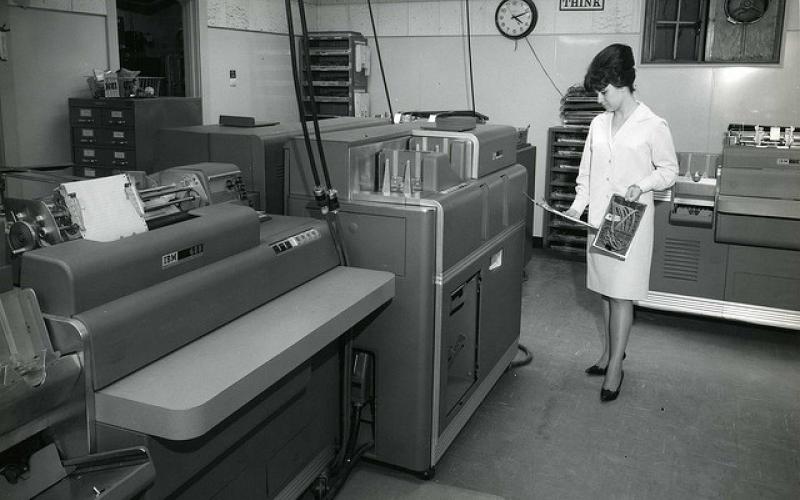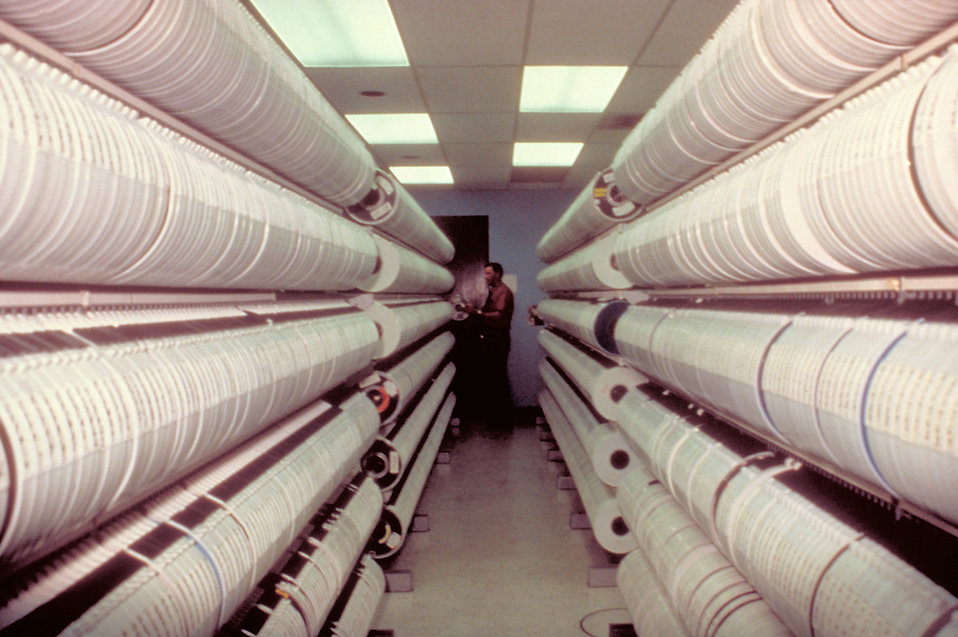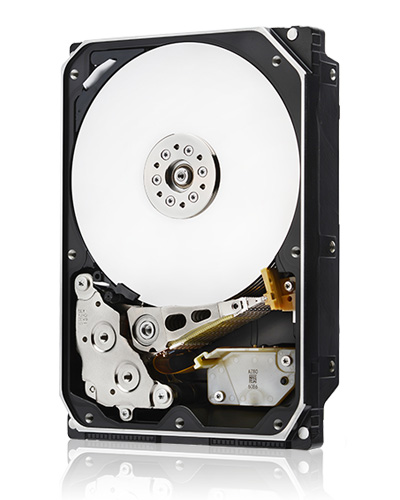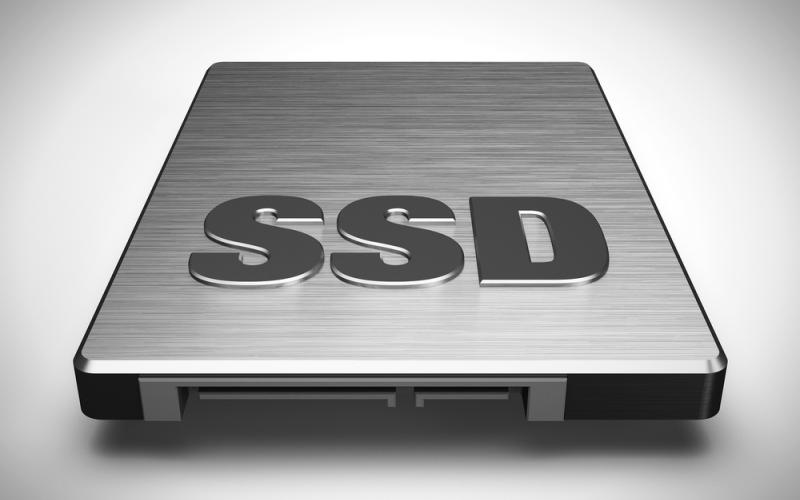Companies are capturing more data than ever, and the demand for storage is growing as the industry learns how to do more with data. According to IDC, 34.7 billion gigabytes of storage were shipped in the second quarter of 2016 alone. Compare that to the very first hard-disk drive that was produced in 1956 – which came in at five megabytes of storage – and consider the fact that it would take seven trillion of those disk drives to match what the industry produces now.
The world’s appetite for storage is continuously growing thanks to the number of devices that are generating data, which is contributing to the warehouses of information kept and classified as big data. The growth in big data is fueling innovations in developing cognitive learning applications, such as artificial intelligence, machine learning, and big-data analytics. This in turn is creating a world that is more predictive, productive, and personal because it enables people to make more informed decisions.
Meanwhile, innovations in storage such as solid-state drives have helped to make tasks that were previously impossible - due to performance bottlenecks - entirely possible. For instance, as social media has grown rapidly to accommodate user bases that number in the hundreds of millions, the demand for updated, real-time information has created latency problems that have been solved and reduced by three-fold thanks to the performance capabilities of SSDs.
Object storage on the other hand, enables public and private storage clouds to manage data at enormous scale. Amazon’s S3 protocol has become the accepted industry standard because it enables access to data anywhere, at any time, across any device. Object storage is able to achieve this voluminous comprehension of data by scaling out instead of scaling up, which can accommodate any required level of storage capacity.
While SSDs and object storage are the latest trends that are transforming storage now, what may be surprising is that this evolution of storage goes back much farther than just the last few years. Let's look back at ways data has been stored, with innovations dating back to the 19th century, as well as storage technologies that are propelling us into the future.
(Image: IBM accounting machine; Tom Brandt/Flickr)















